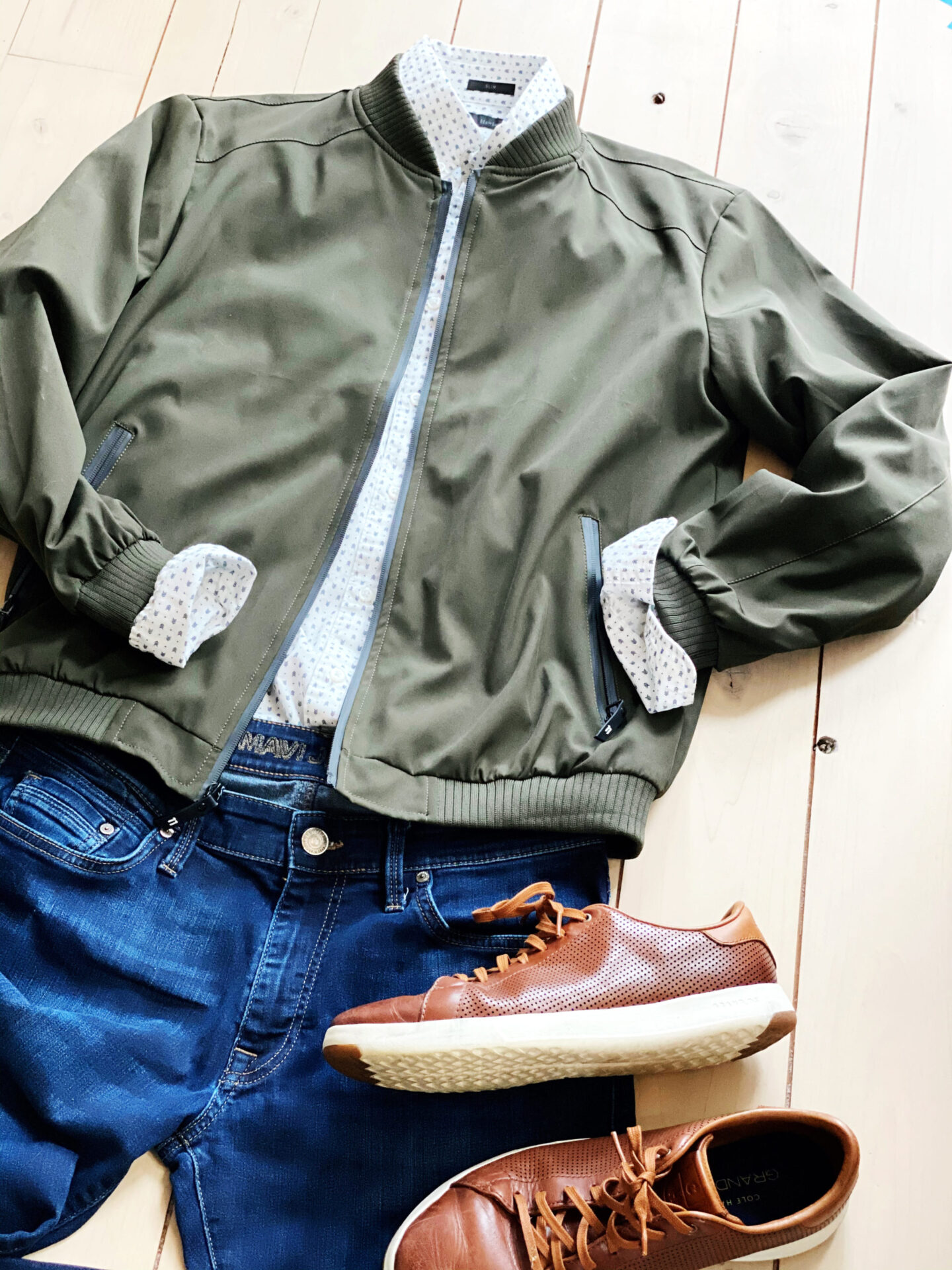Macrame is the gorgeous artwork of hand-tied knots and loops that create a woven textile. Whereas it could look intricate, getting began with macrame is definitely fairly simple and when you be taught a couple of fundamental knots, there are a whole bunch of tasks you can also make.
With macrame you’ll be able to create usable objects like purses, plant hangers, or straps, or tasks which are purely for decor like wall hangings, jewellery, or desk runners. You possibly can even make your personal Christmas stocking!
Associated: Easy Macrame Purse Tutorial, Macrame Digicam Strap Tutorial, Easy Macrame Desk Runner, Macrame Christmas Stocking, Macrame Room Divider, Macrame Yarn Garland, Make Your Personal Macrame Bracelet, Macrame Curtain, Macrame Plant Hanger


What’s macrame?
Macrame is a crafting approach the place you create a texture by making a sequence of knots and loops with both rope, yarn, string, or cords. The highest of your undertaking is secured onto both a mounting ring or tied to a stick or dowel after which the sample is created by handmade knots.
Usually the interest of macrame is mixed with different crafting mediums like weaving or knitting, however pure macrame is when the total piece is manufactured from knots made by hand.
What’s the historical past of macrame?
Macrame could return so far as the traditional Persians and Babylonians who used macrame-like knotting in artifacts in centuries BC.
The extra trendy macrame was dropped at the west from extra Arabic nations who primarily used the knots within the thirteenth century to tie ends in objects like rugs, shawls, or different objects that had fringe. By the seventeenth century, girls in ready for Queen Mary II used the approach because the pastime unfold by England.
Sailors began to make use of the macrame knots to cross the time on ships and would even commerce made objects like belts or hammocks as soon as they received to shore, which additionally helped the craft unfold by Europe. Macrame remained in style by the seventeenth and 18th centuries till the Industrial Revolution introduced concerning the stitching machine after which the approach fell out of favor till the Sixties and ’70s introduced the craft again to recognition as a part of the handmade motion.
The phrase “macrame” both comes from the Arabic phrase “migramah,” which means decorative fringe or it could additionally come from the Turkish phrase “makrama,” which refers to a towel or serviette.


Is macrame simple or onerous to be taught?
Excellent news! Whereas it could look sophisticated, macrame is definitely very simple to be taught and it’s similar to making friendship bracelets in case you keep in mind doing these as a child.
There are a couple of fundamental knots that we are going to educate you, and when you get these down you’ll be capable of make virtually any macrame undertaking you need!
How lengthy does it take to finish a macrame undertaking?
The time wanted to finish a macrame undertaking will differ drastically relying in your stage of talent (your first macrame undertaking will take extra time and specialists will knot a lot quicker), materials, measurement, and complexity of your undertaking.
Whereas smaller/less complicated tasks can positively be accomplished in a brief afternoon, you could want a number of hours unfold over a couple of days for bigger wall hangings.


What sort of wire do you employ for macrame?
There are a number of sorts of macrame wire that you should use on your macrame undertaking.
- Rope: The twisted strands of cotton wire rope give macrame tasks sturdiness and also you’ll get an outlined thick knot that’s unlikely to unravel. The commonest varieties are twisted three-ply and braided six-ply ropes for macrame and twine is available in a big number of thickness for bigger tasks as effectively.
- String: A string is a a lot finer twisted strand in comparison with rope so that you get a smaller and softer look than with rope. Your knots can even be a lot smaller so it may be higher for finer, extra delicate tasks.
- Yarn: Whereas yarn is commonly used for knitting, you may as well use it for macrame. Wool, acrylic, and hemp are widespread bases for yarn and this feature supplies the largest colour vary.
- Waxed wire: A waxed wire is smaller in diameter than a rope and it’s coated in beeswax to make the wire extra waterproof. The wax additionally strengthens the wire so it makes for sturdy knots as effectively.
How a lot macrame wire do you want for a undertaking?
When measuring out how a lot wire you want on your macrame undertaking, you’ll wish to decide the approximate size of your completed undertaking and lower your cords 4 occasions that size.
If the wire must be folded in half for the undertaking, you then wish to lower the wire 8 occasions the completed size.


What provides do you want for macrame?
To make your macrame undertaking, you’ll need the next objects:
- Macrame wire
- Scissors
- Measuring tape
- A stick/rod or a mounting ring (a steel hoop) to hold your undertaking on
- Picket beads or different beads for adornment (optionally available)
TIP: Earlier than you narrow your wire when working with yarn or rope, use masking tape and wrap it across the yarn or rope. This may hold the finish of the wire from unraveling whilst you work.


5 Primary Macrame Knots
Whereas there are greater than 5 knots you should use in macrame, in case you apply these 5 easy knots, there are such a lot of tasks you’ll be capable of deal with straight away.
1. Lark’s Head (aka Cow Hitch Knot)




A Lark’s Head knot is very easy! Fold your string in half and place the midway loop behind your hanging rod.
Slip your two string tails by the highest loop and pull.
2. Sq. Knot




Tie two Lark’s Heads knots aspect by aspect in your rod. This knot makes use of solely the strands on the outer left and proper edges and the center two strands keep put.
Take the strand all the best way on the left and cross it over the center two strands however then behind the strand all the best way on the best. It’ll appear like a quantity “4.”




Subsequent, take the best strand, retaining it over the strand that got here from the left, and go behind the center two strands popping out the place the opening within the “4” was created within the earlier step. Pull that knot tight to the highest.
Now you’ll repeat the method backwards by taking the best strand and making a backwards “4” that goes over the center two strands and below the strand on the left.




Take the strand on the left, retaining it over the strand that simply got here from the best, go behind the center strands and are available out once more the place the opening within the backwards “4” was created.
Pull strands tight and also you’ll see a sq. knot!
3. Spiral Knot




The spiral knot is principally the identical because the sq. knot besides that you simply hold making your “4” form in a single path so it creates a spiral form.
Tie two Lark’s Heads knots aspect by aspect in your rod and proceed to make your first knot like your would with a sq. knot.




Reasonably than reverse the path to finish a sq. knot, hold making the identical knot time and again, pulling every knot tight to the highest.
As you make extra knots, you’ll see the spiral sample begin to emerge.
4. Berry Knot




Begin by making a sq. knot however whenever you tie your knot on the prime, go away a bit room above the knot so you’ll be able to flip your tails by that gap later.
Make two extra sq. knots so you may have three sq. knots in a row.




Take the tails of your cords and push all of them by the small gap within the center you left above your first sq. knot.
Pull the cords right through and also you’ll see that your sq. knots have created a ball-like berry form.
5. Double Half-Hitch Knot (DHH)




This knot is commonly used to create strains in your work and also you’ll wish to begin with at the least 4 Lark’s Head knots aspect by aspect. The outermost left wire shall be your working wire and the subsequent three cords in line shall be your holding cords.
Use your left wire to loop across the first holding wire in order that the loop is dealing with down and the tie of the loop is dealing with up.




Tighten the loop to the highest.
Repeat the motion so you may have two loops tied on the prime of the wire.




Take your working wire and begin to tie loops on the second holding wire in line and tie two loops on the prime of that wire.
Repeat once more tying two loops together with your working wire onto the third holding wire after which let your working wire dangle (it ought to now be the fourth wire in close to the center of your undertaking).




Now you simply repeat the method backwards on the opposite aspect by utilizing the outermost wire in your proper aspect as your working wire and tying two loops on every of the subsequent three hanging cords.
Now you must have each your working cords in the course of your work.




Now you’ll tie one final Double Half-Hitch Knot by utilizing your left working wire to tie a loop round what was your proper working wire.


Keep away from these widespread macrame errors:
- Slicing wire too brief: Reasonably than simply eyeballing your wire, be sure to are measuring that you’ve at the least 4 occasions the total size of your completed undertaking to make sure you gained’t run out! There’s nothing worse than not being finished together with your piece and abruptly you run out of wire.
- Pulling knots too tight: It’s a really related factor with friendship bracelets, that in case you are pulling your knots too tight, then your knots will look deformed and your undertaking will begin to twist and curl. Pull your knots simply cosy sufficient with out over tightening and attempt to hold all of the knots the tied on the identical tightness. As you begin your tasks, you’ll know in case your knots are too tight in case your undertaking curls and also you’ll wish to begin over not pulling your knots so onerous.
- Not training/giving up: Like all new abilities, it takes time to really feel extra assured and tackle more durable and larger tasks, so hold training and don’t surrender as you get the dangle of it!






